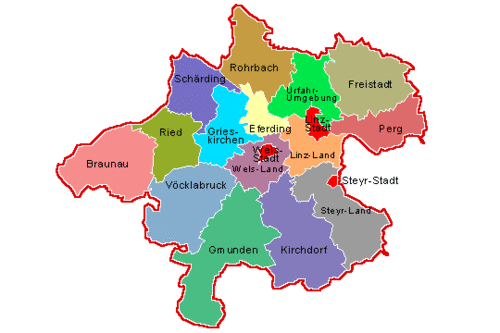I commented on the last one and this one went besides me.
First of all the most important:
I didn't find videos, if changes were made.
Two comments were absolutely correct and will be reapeatd.
The province Heilighafen, should have polabian minority(It was the main settlement area after the wendish crusade)
And Heilighafen doesn't make sense. in 1350 there are 5 towns with Stadtrecht. Oldenburg in Holstein (Starigard), Neustadt in Holstein, Fehmarn, Lütjenburg and Heilighafen. The least important ones are Lütjenburg und Heilighafen.
In the middle ages Oldenburg in Holstein would be the most important one. Afterwards it would be Neustadt in Holstein.
Due to other reason, it would split this anyway. Like drawn. One part Oldenburg and one part Neustadt.
The next thing what did this region produce:
In the South Neustadt exported mostly salted Hering, like Lübeck. (Lübeck did raid it some times) It did though not produce salt in quantities, but has the oldest Fischerei Innung (Fishing Guild) in Germany. Also most other costal town were big in fishing. Most other things were agriculture, because this region is very Fertile!!!!
And later it made Danish Warships, a reason it was raided three time by the swedish.
A reason the region should be wooded.
Oldenburg and Fehmarn, also produced Fish and agriculture goods, but more important was wheat. As Lübeck even bought a lease for the Wheat from Fehmarn and was quite important in this regard. This region was also quite wooded and still is. (also make it wooded)
So Neustadt would be fish and OIdenburg would be wheat. (Though wooded might not be important, Grasland can be okay I don't know the cut off and features)
I took my time and read all comments. I also spent 3 hours researching, so my information is factual. One of them was a 1 hour video about medieval agriculture in that region...
I saw a claim in the comments, that utter bullshit. Schleswig-Holstein has low fertility. It's one of the most productice agricultural state in current Germany, but was also since the Stoneage well populated, though with massive regional difference.
Schleswig-Holstein has three(four if you divided the Geest) distinct soils/regions)
On the west coast, we have marshes. High fertility, labour intensive to make farmeable. Similar to the Netherlands. As not many people lived there, it took the HOI 4 time period and bunch of force labour to make it all farmable. So look at the Dutch and other North Sea German regions to how to handle it.
In the middle we have the Geest. That were there is not much fertile soil.
Then we have the east with a Jungmoränenlandschaft or also called östliche Hügelland (Eastern Hilllands) which is also fertile and where always the most population has and had been.
Dark Green Fertile(like Dutch) lighter browns not fertile regions. Dark brown very fertile regions.
Population wise it still recivied settlers in the East. It was less settled than West Germany, but more than most of former slavic regions.









